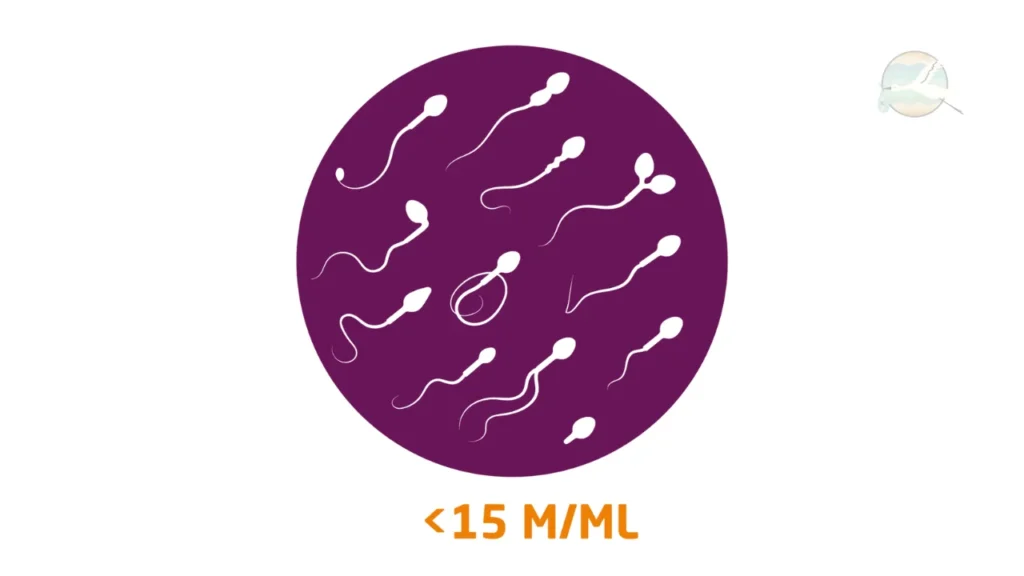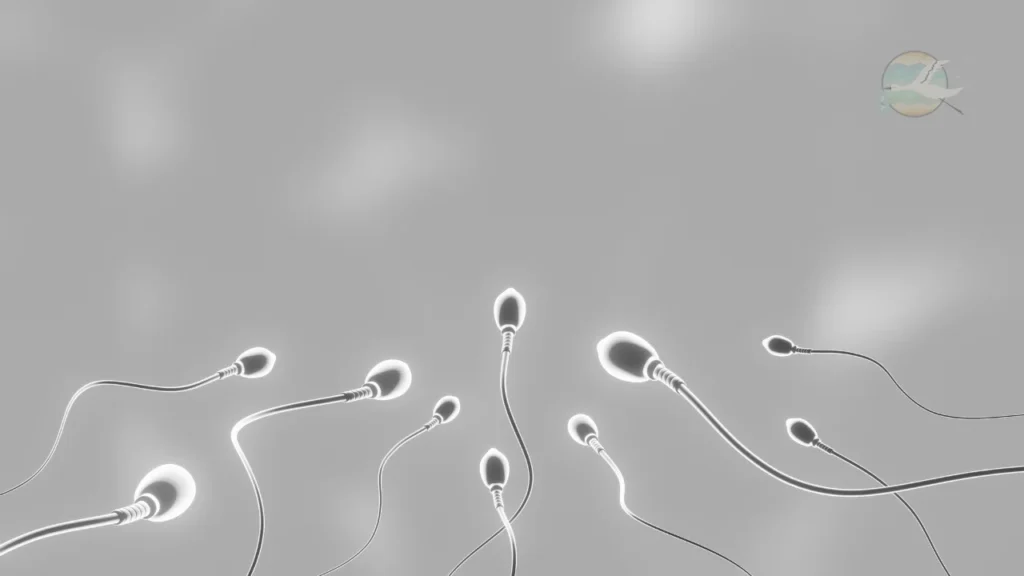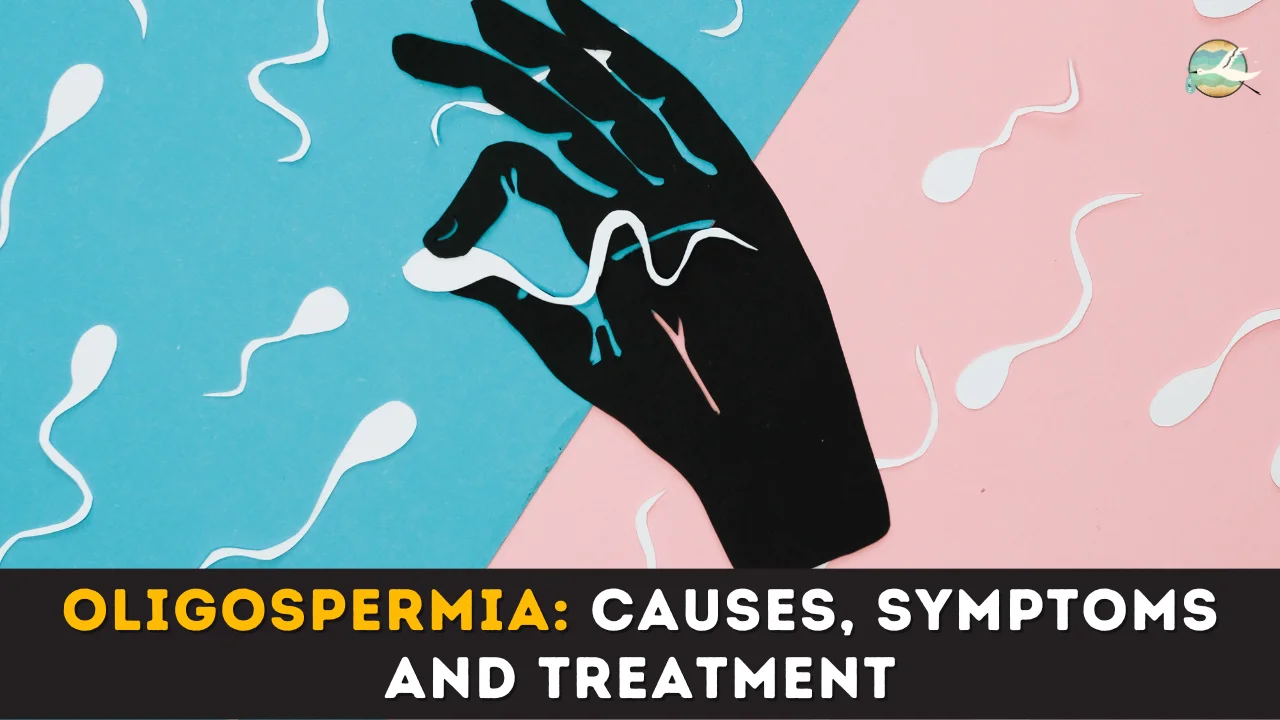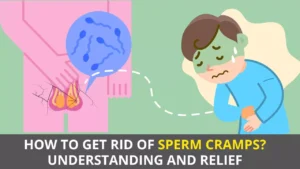Table of Contents
What is Oligospermia?
It is a condition in which a man has low levels of sperm in his semen. Normally, the sperm count in semen should be at least 15 million sperm per milliliter. Men with oligospermia have a sperm count of less than 15 million per milliliter.

It can be caused by a variety of factors, including hormonal imbalance, genetic disorders, exposure to certain chemicals or toxins, infections, and lifestyle factors such as alcohol consumption, drug use, and obesity. Certain medical conditions, such as varicocele, undescended testicles, and testicle damage, can also cause oligospermia.
Symptoms of oligospermia may include difficulty getting or maintaining an erection, decreased libido, or other sexual problems. However, many men with oligospermia have no symptoms and may only become aware of the condition when they try to conceive.
It is usually diagnosed through semen analysis, which measures the quantity and quality of sperm in a man’s semen. Treatment of oligospermia may include lifestyle changes, such as reducing alcohol intake, quitting smoking, and losing weight, as well as medical treatments, such as hormone therapy, surgery, or fertility treatments.
It can be treated effectively in some cases, improving sperm count and increasing the chances of conception. In other cases, the condition may be more challenging to treat, but the use of assisted reproductive technologies such as IVF helps couples overcome infertility.
What are the Symptoms of Oligospermia?
In the case of oligospermia, less sperm are produced. This condition is often asymptomatic, meaning there are no noticeable symptoms. However, some men with this may experience certain symptoms that indicate a problem with their reproductive health, such as:
- Difficulty getting or maintaining an erection
- Pain or discomfort in the testicles
- Ejaculation problems or reduced semen volume
- Decreased libido or sex drive
- Abnormal sperm shape or structure
- Childlessness
It is important to note that the symptoms mentioned above can also be caused by many other conditions. For example, problems getting or maintaining an erection may be caused by stress, anxiety, or other physical or psychological factors.
If you are experiencing any of these symptoms, it is important to talk to your doctor. They can perform a semen analysis to determine the amount of sperm in your semen and determine the underlying cause of your symptoms.
Early diagnosis and treatment of it can improve your chances of conceiving and address any underlying health issues that may be contributing to the condition.

What are the Causes of Oligospermia?
Oligospermia, or a low sperm count, can be caused by a variety of factors. Some of the most common causes include:
- Hormonal imbalance: abnormal levels of hormones, such as testosterone and luteinizing hormone, can affect sperm production and lead to this condition.
- Environmental factors: Exposure to certain chemicals like pesticides and heavy metals can damage sperm and lead to this condition.
- Lifestyle factors: such as smoking, excessive alcohol consumption, drug use, and obesity, can all hurt sperm production and lead to this condition.
- Medical conditions: Some medical conditions, such as varicocele and damage to the testicles, can cause it by affecting sperm production or reducing sperm quality.
- Genetic disorders: Some genetic conditions, such as Klinefelter syndrome, can affect sperm production and cause oligospermia.
- Infections: Some infections, such as chlamydia and gonorrhea, can cause inflammation and damage to the reproductive tract, leading to this condition.
It is important to note that a combination of factors can also cause oligospermia. For example, a man with a genetic predisposition to oligospermia may experience a further reduction in sperm count due to exposure to environmental toxins or lifestyle factors.
Read More:- Endometriosis and PCOS: What’s the difference?
How to treat oligospermia?
Treatment for oligospermia, or low sperm count, will depend on the underlying cause of the condition. Some of the most common treatment options include the following:
Medical treatment: hormone therapy and certain medications may be prescribed to correct hormonal imbalances and improve sperm production.
Surgery: In some cases, surgery may be necessary to correct conditions, such as varicocele, which may contribute to the treatment of oligospermia.
Assisted Reproductive Technologies (ARTs): If a man has a low sperm count and is having difficulty conceiving, then the help of ARTs like in vitro fertilization (IVF) can be taken. To increase the chances of pregnancy during IVF, a new embryo is created by fertilizing the man’s sperm and the woman’s egg in the lab.
Supportive treatments: Treatments to improve sperm quality and increase the chance of conception, such as antioxidant therapy and sperm potency, may be recommended by your doctor.
Lifestyle changes: Making lifestyle changes, such as quitting smoking, reducing alcohol consumption, and losing weight, can improve sperm count and quality.
It is important to remember that the success of treatment for oligospermia will depend on many factors, including the underlying cause of the condition, the age of the man and his partner, and the overall health of the couple.
You can determine the most appropriate treatment for your case by discussing it with your doctor. In some cases, a combination of treatments may be recommended to achieve the best results.




